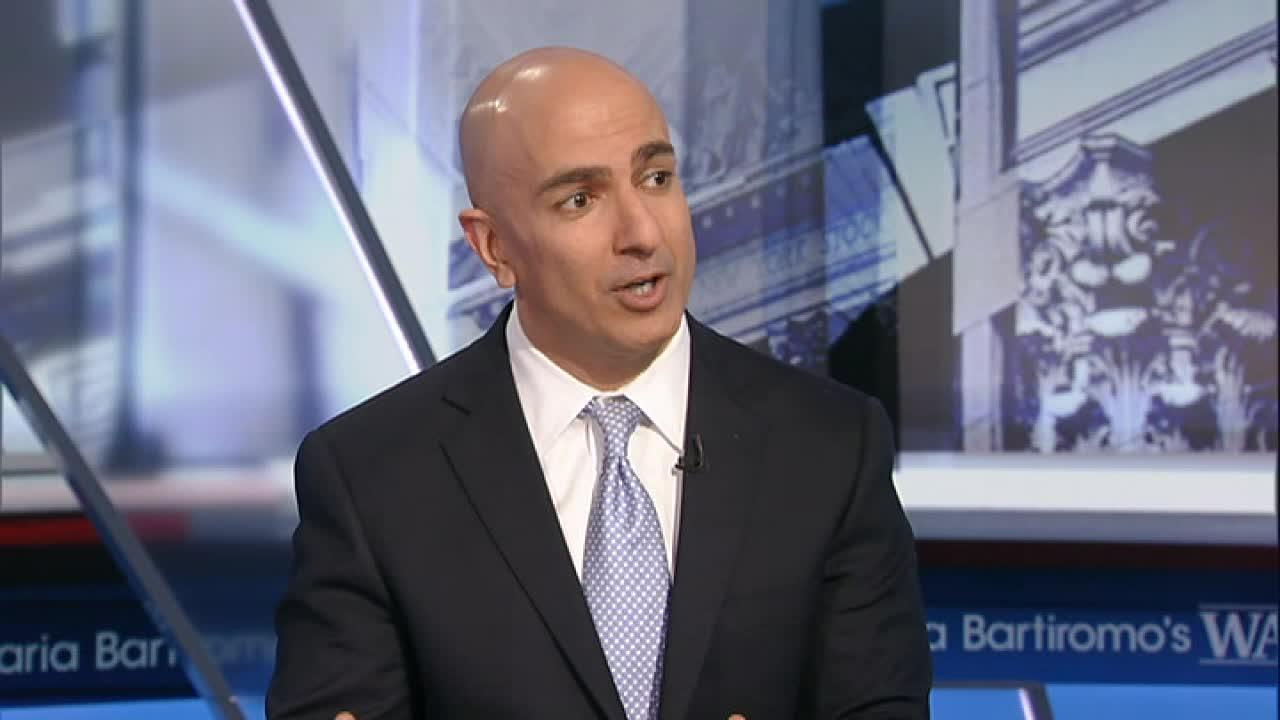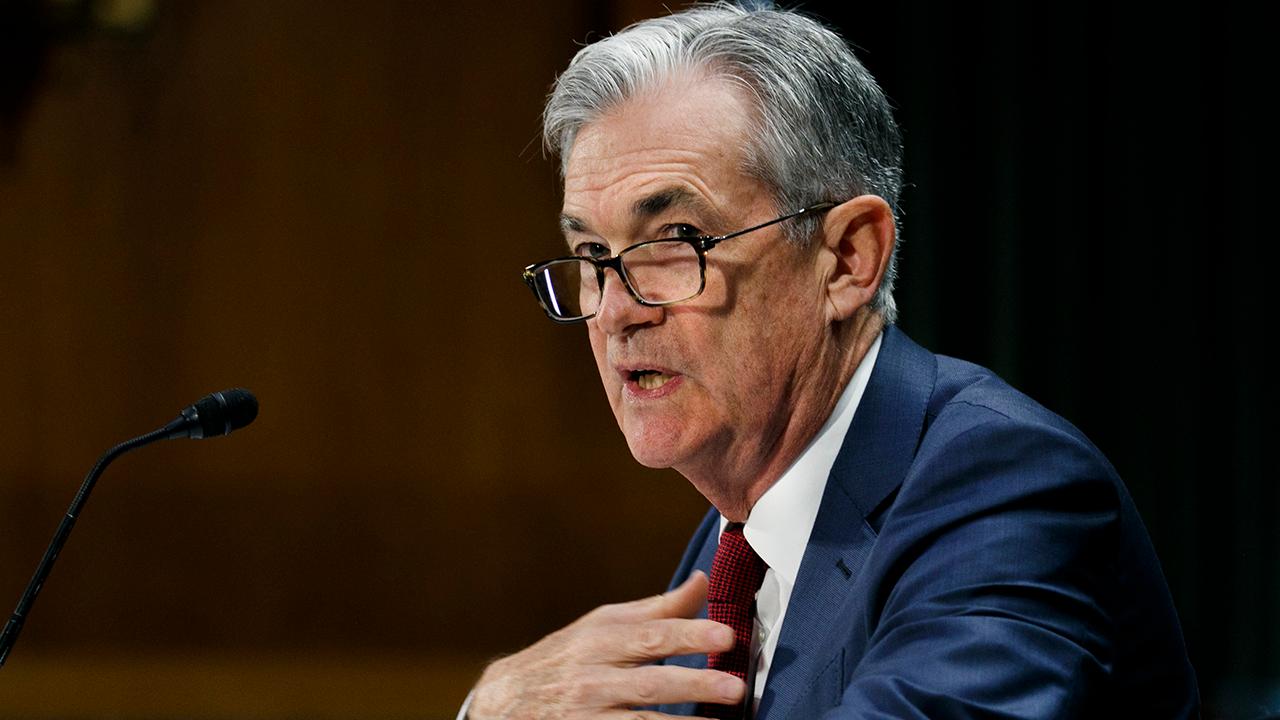Insight Investment's Gautam Khanna: Low interest rates can hurt you -- here is what you need to know
Will the Fed cut interest rates again this week when the FOMC meets for its two-day meeting? Or won’t they?
Either way, markets have generally considered rate cuts good news – unless, of course, the cut is less than expected. But keep in mind easy monetary policy reflects a good, bad and ugly side of our economic reality.
The good – market feel-good factor
There are potential short-term benefits to cutting rates.
Households and businesses can service their debts easier when rates are low – freeing up capital for spending or investment. This is the same for the government – lower rates mean less of a drain on the Treasury’s budget for servicing debt.
Lower interest rates can also incentivize businesses and individuals to move up plans for spending on housing or investment, which could accelerate economic activity. However, with central banks guiding to low-rates for a prolonged period of time, there may not be the same rush to borrow as there has been in the past.
ANDREW CROWELL: A HAPPY RETIREMENT MAY BE EASIER THAN YOU THINK — HERE ARE BABY STEPS
Rates are also the “discount” factor for all investment valuations. So, lower rates mean less of a “discount” factor to determine valuations, meaning your portfolio would likely rise in value (all else being equal).
The bad – they’re unsustainable
Since the 1980s, the point of rate cuts has been to manage the economic cycle. So, when rates are being cut, it signals that the underlying economy could be slowing and requires stimulation.
But as rates trend lower and lower, the effect of each cut diminishes. Take Europe, which looks the most at risk of a recession in the developed world, even though policy rates are -0.5 percent.
Low rates are problematic for the real economy, too. They make it harder to conduct financial planning. Retirees looking for meaningful income are forced to take higher risks that might not suit them. Worse, low rates punish savers and reward speculators.
Low rates are problematic for the real economy, too. They make it harder to conduct financial planning. Retirees looking for meaningful income are forced to take higher risks that might not suit them.
Worse, low rates punish savers and reward speculators. On top of that, 44 percent of adult Americans have no allocation toward fixed income because of a “lack of understanding of asset classes.” We see this as a potential “misallocation of capital.”
The ugly – death by a thousand cuts
Rates are currently sub 2 percent in the U.S. and lower, and even negative, elsewhere.
Rather than good news, this actually reflects hard fundamental truths about the economy that we need to face up to.
It links to the fact that the populations in the developed world are aging. More have transitioned from working age to retirement age. So, the overall proportion of workers in the economy has fallen (and their output needs to support the retirees).
LIBERTY VITTERT: A STATISTICIAN’S GUIDE TO LIFE — WHAT ONLINE ‘AVERAGE’ CUSTOMER REVIEWS REALLY MEAN
An aging population also means that the owners of capital increasingly prefer security and capital preservation to growth (which is a reason why fixed income has steadily grown in terms of inflows, at the expense of equities).
A further problem is that economic growth is driven by population growth and productivity gains. Given shrinking populations, particularly in the 25 to 55 working-age bracket, there is downward pressure on potential growth rates.
Meanwhile, labor productivity growth has been outright poor for over a decade, which we believe is largely a result of tepid business investment.
In summary, interest rates are lower for structural, and to some extent, cyclical reasons and while rates don’t have significant room to fall, they don’t have much room to rise either.
But what will follow, is likely a long period of uncertainty. Monetary policy can only do so much.
Central bankers can’t change demographics any more than they can create the next great innovation. As we reach the final frontier of monetary easing, we will need fiscal and regulatory authorities to pick up the baton to spur economies out of this low growth, low inflation and low rate world.
GET FOX BUSINESS ON THE GO BY CLICKING HERE
With no such action on the visible horizon, central bank-driven markets and low rates are likely here to stay.
Gautam Khanna is senior portfolio manager of Insight Investment, a BNY Mellon Investment Management affiliate.





















